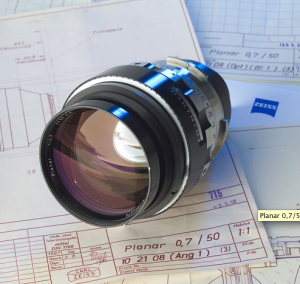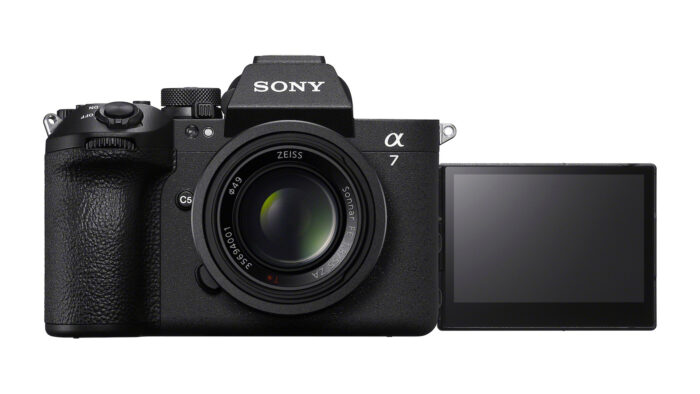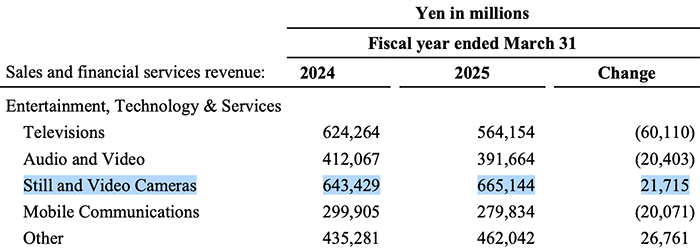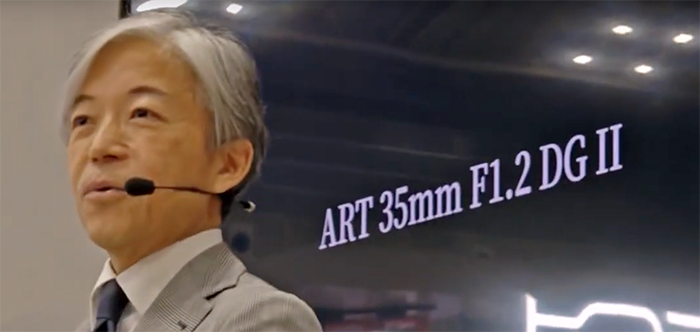Happy Birthday Zeiss (and give us more lenses and a digital Ikon)

Today Zeiss becomes 120 years old! Happy Birthday!
Zeiss has such an incredible history! An example: Did you know that Zeiss produced a Planar 0,7/50 mm Lens which has been used by Stanley Kubrick in „Barry Lyndon“? Zeiss Lenses have also been used by astronauts on the moon and for the “Lord of the Rings” movies.
What do I wish for the future?
1) More Sony Zeiss fast prime lenses of course!
2) Lower the price please
3) Make a digital Zeiss Ikon ZM :)
To read the google english translation fo the original german press release click the link below:
120 years Carl Zeiss lenses
German optics specialist since 1890, writes the history of photography
OBERKOCHEN, 23.03.2010.
They fly from the first moon landing into space, are the darlings of Hollywood and the constant companion of demanding photographers around the world – and this has now been 120 years ago: Carl Zeiss lenses. The end of March 1890, the first camera lenses on the market. The renowned German optical company with major locations in Jena and Oberkochen looks back to the birthday and in the future. Trendsetting developments in photography technology are now beginning its anniversary year the subject of numerous activities for customers and the public. Carl Zeiss lenses have marked the history of photography. Today they are the epitome of creative image design, which explains the time, survived “, Dr. Winfried Scherle, head of the camera lenses.
ZEISS Lenses are often then used when the speed high image quality, Reliable and excellent results are needed. Thus, for example, photographs taken during the first moon landings from 1969 with Carl Zeiss lenses. But numerous Oscar-winning films like Barry Lyndon, The Lord of the Rings trilogy or Slumdog Millionaire was filmed with Carl Zeiss lenses. The great German cinematographer Michael Ballhaus for example, has for years worked exclusively with Carl Zeiss lenses. “Current cameras and lenses from Carl Zeiss enable me to see exactly on the screen to what the eye sees,” said Ballhaus.
Coming from a physicist and mathematician Ernst Abbe number of fundamental and at the time groundbreaking insights into understanding of optical systems, which are still today the basis for modern high-performance optics. The Abbe “sinus condition” must be met by all high-performance optics. In this tradition, Carl Zeiss, the calculation methods continuously perfected further and is now the world leader in optical design.
1846 Carl Zeiss founded a workshop for precision mechanics precision mechanics and optics in Jena. There is first produced almost exclusively microscopes. Ernst Abbe, now a partner of Carl Zeiss, later began to expand its product range and started the development of photographic lenses and binoculars. Glasses with significantly improved optical properties, which had produced Otto Schott in the 1880s, the first time, Carl Zeiss opened up new possibilities. We began the development of lens types, which exhibited an unprecedented intensity.
Milestones of lens solutions
1896 Carl Zeiss introduced the Planar lens. The Planar-type is still the basis of many visual tools of professional photography on Earth and in space. It serves as the basis for high-performance with impressive color correction, brightness, field flattening and distortion correction.
1902 Carl Zeiss filed for an invention patent, which was to become the best known and most-copied camera lens of all time: the Tessar. It was characterized by a relatively high light intensity and was the first time, with surprisingly little effort to achieve an extreme sharpness. With this Carl Zeiss lens design allowed for the first time to the still ongoing miniaturization in the camera. Millions of high-quality lenses photo cameras and mobile phones today are modeled on the Tessar and deliver excellent image quality.
A groundbreaking procedure that invented Carl Zeiss in 1935, paved the way for the brilliant image recording: the anti-reflective coating, marked on current lenses as T *. The vacuum-deposited on the glass surface coating reduces disturbing reflections and stray light in the picture and forms a foundation for today’s highly complex optical systems.
The first lens manufacturer Carl Zeiss has developed a method also 1943) to measure the quality of lenses using MTF curves (Modulation Transfer Function. Many manufacturers use it until today for quality control. Played a pioneering role in the Carl Zeiss optics design by computer technology. The CAD-based lens manufacturer sparked off the 1961 draft by hand and since then allows a much more complex structure and a better interaction of the lenses. In the past 15 years of cooperation with Sony and Nokia for a proliferation of Carl Zeiss have created lenses. Since 1996, Sony is building them into compact cameras and camcorders. Nokia smartphone and mobile phone users can since 2005 with integrated ZEISS lenses photographed fiere.
Original Article on photoscala.de



